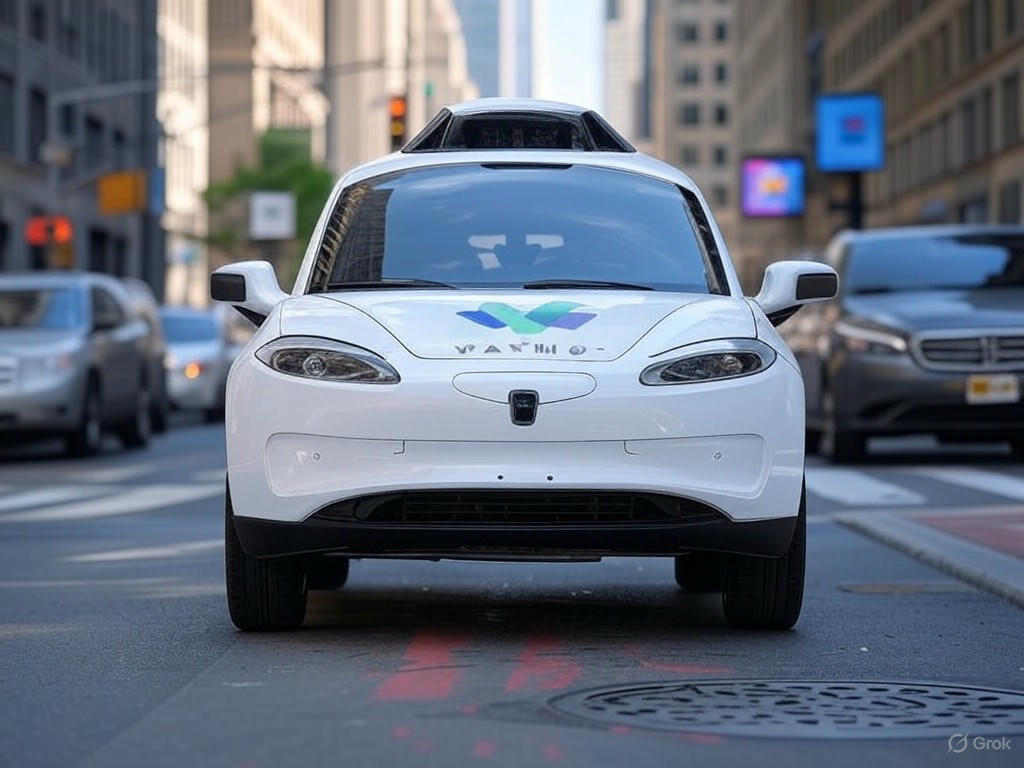Waymo Revs Up for Robotaxi Return to New York City Streets
The future of urban transportation is taking another bold step forward as Waymo, the autonomous vehicle pioneer, sets its sights on a triumphant return to New York City. Known for its cutting-edge self-driving technology, the company has recently submitted an application for a permit to test its robotaxis on the bustling streets of the Big Apple. This move signals a renewed push to integrate autonomous vehicles into one of the world’s most complex urban environments, potentially transforming how millions of residents and visitors navigate the city.
Waymo’s current plan involves testing its vehicles with safety drivers behind the wheel, a precautionary measure to ensure the technology adapts to New York’s unique challenges—think unpredictable pedestrian behavior, notorious traffic congestion, and a labyrinth of one-way streets. The city’s dense infrastructure and dynamic pace make it a critical testing ground for autonomous systems. Success here could serve as a blueprint for other major metropolises. However, Waymo isn’t stopping at supervised testing. The company is actively lobbying to amend state laws that currently restrict fully driverless operations. If successful, this could pave the way for a fleet of robotaxis to roam freely, offering a glimpse into a future where human drivers are no longer a necessity for urban travel.
The implications of Waymo’s ambitions are vast. For commuters, the promise of safe, reliable, and efficient transportation could redefine daily life, cutting down on travel time and reducing the stress of navigating gridlock. For the city, fewer human-driven vehicles might mean a drop in accidents caused by human error, as well as a reduction in carbon emissions if paired with electric vehicle technology—something Waymo has already embraced in other markets. Yet, challenges remain. Public skepticism about autonomous vehicles persists, fueled by concerns over safety and job displacement in industries like taxi services. Additionally, New York’s regulatory landscape is notoriously stringent, and gaining approval for fully driverless operations will require navigating a maze of political and legal hurdles. Waymo’s ability to build trust with both policymakers and the public will be crucial to its success.
As Waymo embarks on this journey, its return to New York City could mark a turning point for autonomous technology. The company’s previous forays into other cities have shown promise, but the stakes are higher in a place as iconic and demanding as New York. If Waymo can prove its robotaxis are ready for the chaos of Manhattan, it might just convince the world that the era of self-driving cars is no longer a distant dream but an imminent reality. For now, all eyes are on the streets of NYC, waiting to see if these driverless vehicles can truly handle the city that never sleeps.


